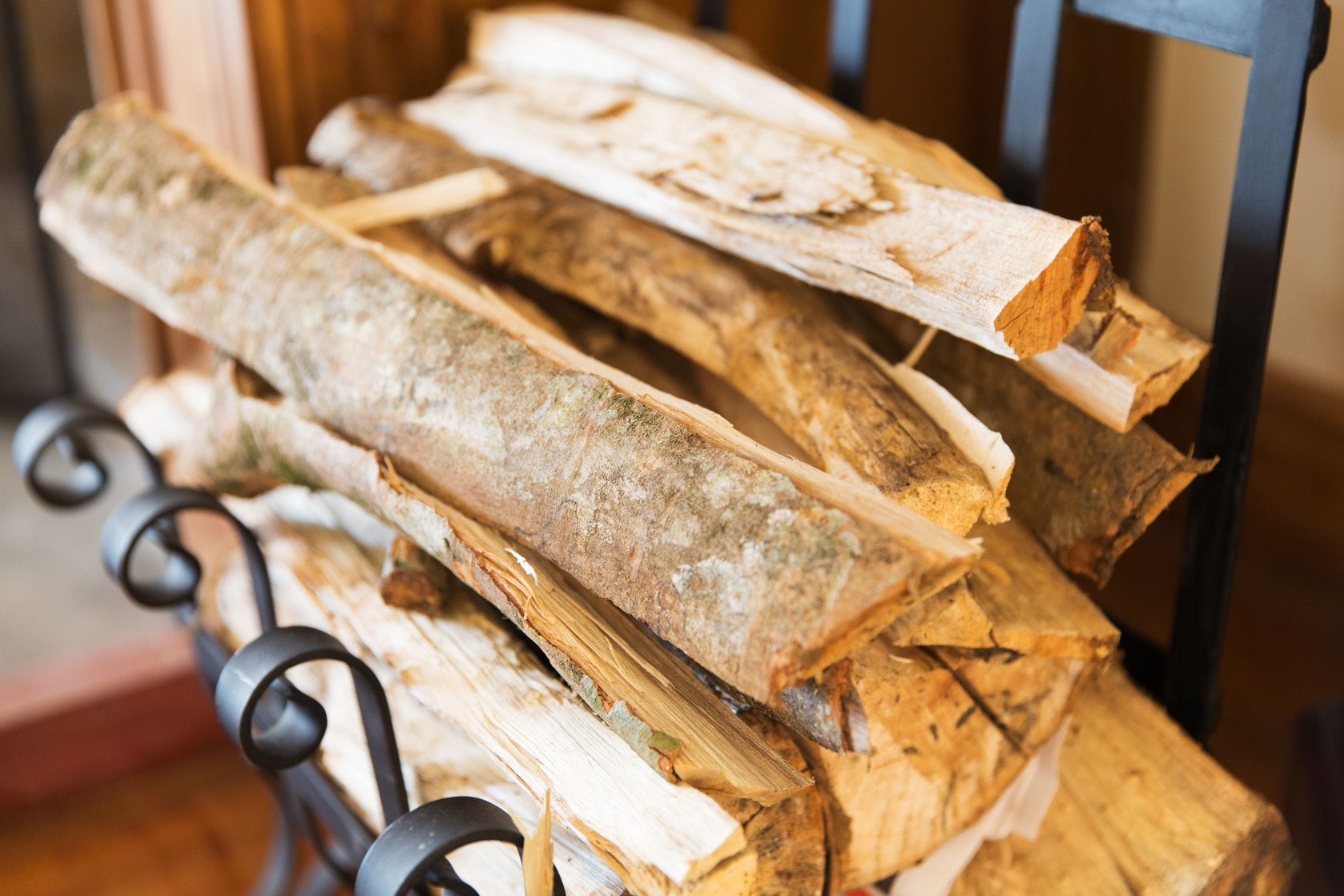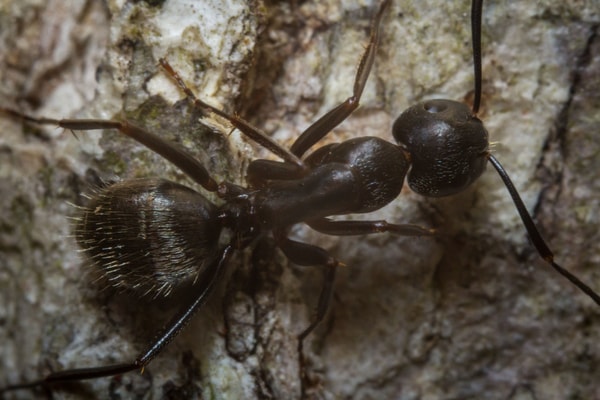Wintertime isn't wintertime without a warm, crackling fire in the fireplace. But even this most delightful of seasonal pastimes can turn sour when you receive unwelcomed visitors.
 Photo by: Shutterstock
Photo by: Shutterstock
Firewood is a dream home for pests, and those pests can easily hitch a ride into your home when you move infested wood. Identify the signs of infestation and take adequate precautions, and you can help keep pests away from your firewood and your winter season plans.
Firewood Pests
Here’s the bad news: Firewood is attractive to a wide array of pests. Some of the most common include wood-boring beetles, which can burrow under the bark and into the wood.
If wood contains beetle larvae, adult beetles can emerge up to two years after the wood is cut. Other species of beetle, such as bark beetles and ambrosia beetles, are drawn to freshly cut wood. If the wood is too wet, large “click” beetles or other larger beetles that attack rotted wood may be present and decide to crawl into your living room.
Dry firewood can attract carpenter bees and horntail wasps, as well. Like beetles, wasps lay eggs in wood, where larvae develop and adult wasps hatch.
Then, there are termites and carpenter ants. Swarms of these pests can infest wood that is damp or stored on the ground.

Photo by: Shutterstock
Also, large roaches, wasps, many species of ants and other insects commonly spend the winter under the bark of wood.
Signs of Infestation
Always inspect firewood for telltale signs of infestation before bringing it into your home. Tunnels on the outside or inside of the wood are evidence of infestation. If the tunnels are clean or are filled with sawdust-like frass, or powdered wood leftover from boring insect activity, chances are the wood contains wood-boring beetles. Exit holes on the exterior of the firewood are another indicator of wood borers.
Termites, on the other hand, leave behind mud- or soil-lined tunnels on the outside of and within the logs. Termites must have contact with their nest in the soil to survive. If termites enter a home via firewood, they’re not likely to start an infestation because if the firewood is stored inside a home, there is no pathway to the ground provided. However, termites can wreak havoc on your home if you store your wood against your house or close to your foundation.
Precautions Against Insects in Firewood
Fortunately, there are many simple ways to reduce an infestation of your firewood.
First, dry your wood promptly. The drier the wood, the less hospitable it is to insects.
Second, store your firewood properly. Always store your wood off the ground on a rack or platform. This makes it difficult for soil-dwelling pests such as termites and ants to infest the wood. Never stack wood up against your house or garage. Maintain a minimum distance of 3 feet between the building and wood to ensure that any infestation in the wood does not move into your home.
Finally, keep your eyes peeled. Always inspect wood before bringing it into your home.
Firewood is a favorite of pests, but you don’t have to let them ruin your holiday season. Take appropriate precautions, and, if necessary, seek out a pest control professional to help ensure your winters are merry and bright.



